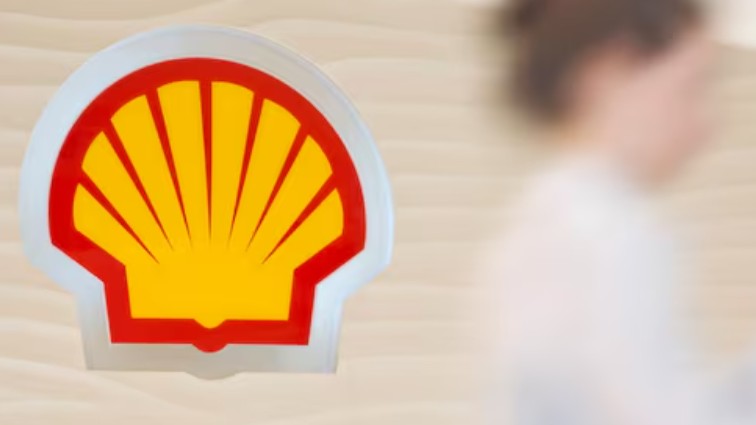This story requires a subscription
This includes a single user license.
The UK-based firm said its adjusted earnings reached $4.26 billion in the second quarter, down compared to $6.29 billion in the comparable quarter last year.
Adjusted earnings dropped 24 percent compared to $5.58 billion in the prior quarter.
Shell said adjusted earnings were lower due to lower trading contribution in a weaker margin environment.
Income attributable to Shell shareholders reached $3.60 billion, up compared to $3.51 billion in the second quarter of 2024 and a 25 percent decrease compared to $4.78 billion in the prior quarter.
Compared with the first quarter, income attributable to Shell shareholders reflected lower trading and optimisation margins and lower realised liquids and gas prices, partly offset by higher marketing margins and lower operating expenses, Shell said.
“Shell generated robust cash flows reflecting strong operational performance in a less favourable macro environment. We continued to deliver on our strategy by enhancing our deep-water portfolio in Nigeria and Brazil, and achieved a key milestone by shipping the first cargo from LNG Canada,” CEO Wael Sawan said.
“Our continued focus on performance, discipline, and simplification helped deliver $3.9 billion of structural cost reductions since 2022, with the majority delivered through non-portfolio actions. This focus enables us to commence another $3.5 billion of buybacks for the next three months, the 15th consecutive quarter of at least $3 billion in buybacks,” he said.
LNG sales
The company sold 17.77 million tonnes of LNG in April-June, a rise from 16.41 million tonnes of LNG in the same period last year.
LNG sales rose 8 percent compared to 16.49 million tonnes in the prior quarter.
Shell sold 34.26 million tonnes of LNG in the first half of this year, a 3 percent increase from 33.28 million tonnes of LNG in the same period last year.
Moreover, liquefaction volumes of 6.72 million tonnes in the second quarter were lower compared to 6.95 million tonnes in the same quarter last year.
Liquefaction volumes were 2 percent higher compared to 6.60 million tonnes in the first quarter of 2025.
Shell’s liquefaction volumes reached 13.32 million tonnes in the first half, down 8 percent year-on-year.
According to Shell, liquefaction volumes decreased by 8 percent mainly due to higher maintenance across the portfolio.
Shell expects liquefaction volumes to be approximately 6.7 – 7.3 million tonnes in the third quarter.
The company’s total oil and gas production dropped to 913,000 barrels of oil equivalent per day in the second quarter compared to 980,000 barrels of oil equivalent per day in the second quarter last year.
It also dropped 2 percent compared to 927,000 barrels of oil equivalent per day in the prior quarter.
Total oil and gas production decreased mainly due to higher maintenance across the portfolio and weather constraints in Australia, Shell said.
Integrated gas earnings drop
Shell’s integrated gas segment reported adjusted earnings of about $1.73 billion in the second quarter.
This compares to $2.67 billion in the same period in 2024 and $2.48 billion in the prior quarter.
Compared with the prior quarter, adjusted earnings reflected the combined effect of lower contributions from trading and optimisation and lower realised prices (decrease of $589 million), and higher depreciation, depletion, and amortisation expenses (increase of $162 million), Shell said.
Earlier this month, the company announced that it expects trading and optimization results for its integrated gas business in the second quarter of 2025 to be “significantly lower” compared to the previous quarter.

